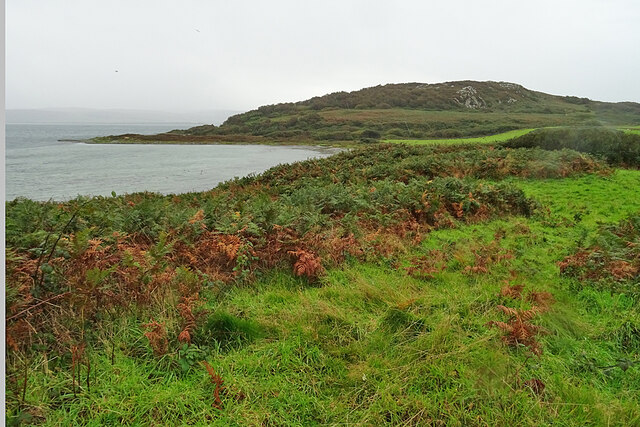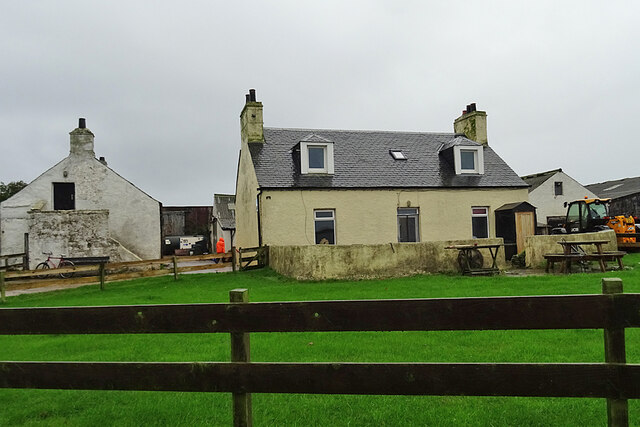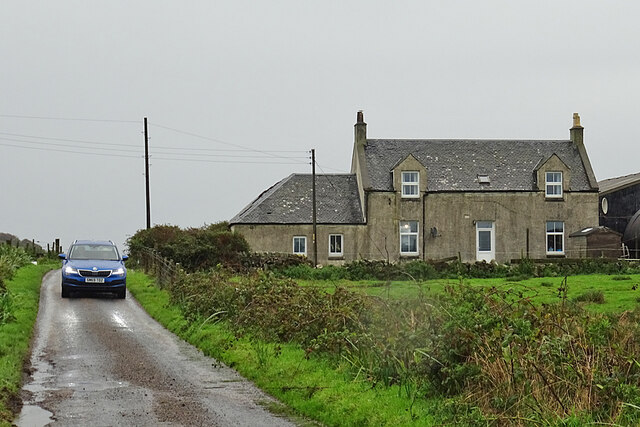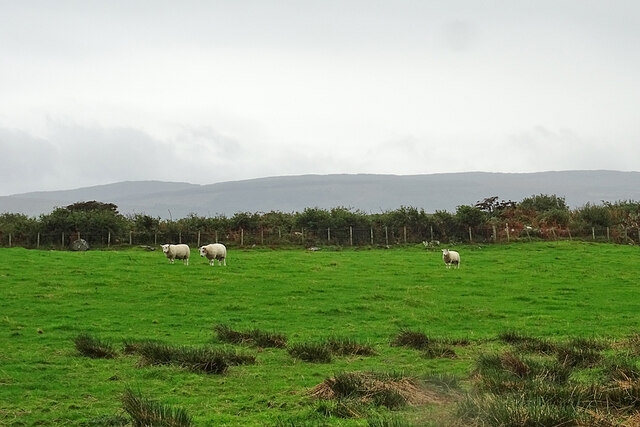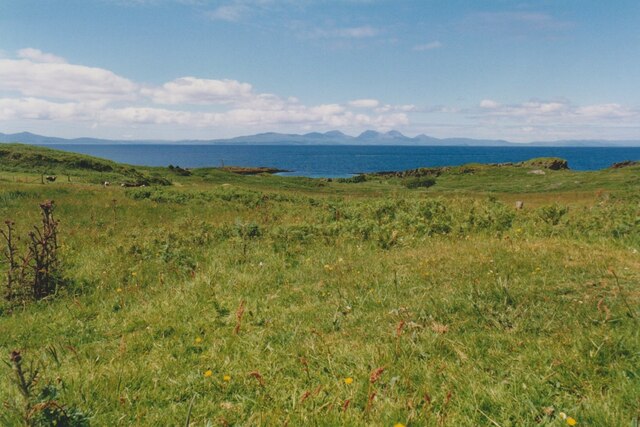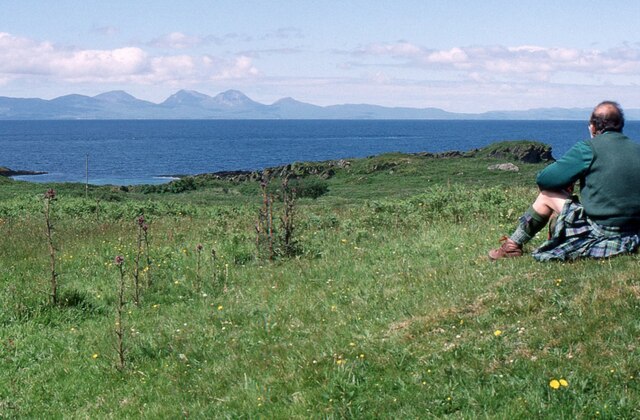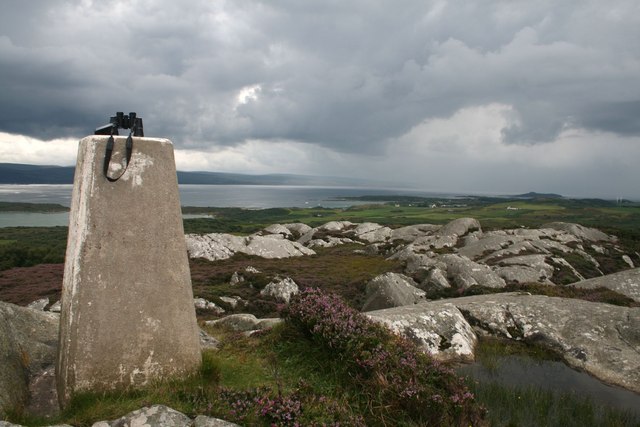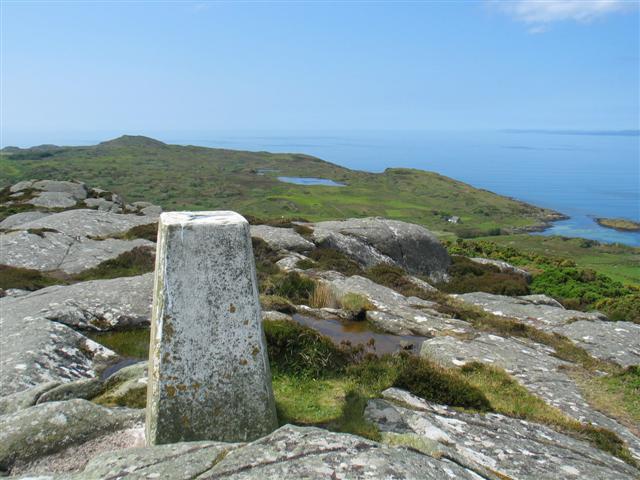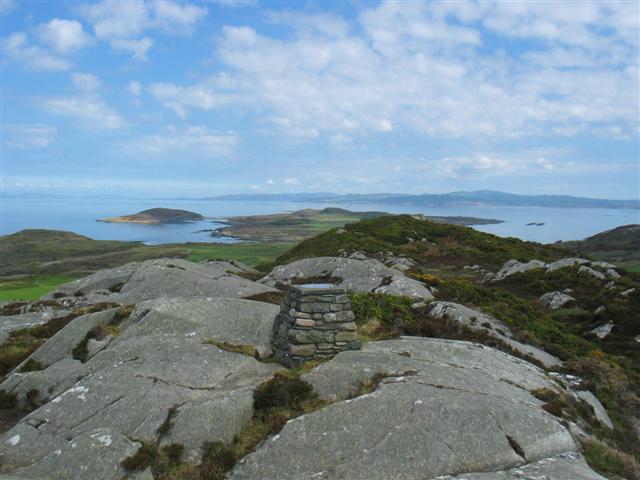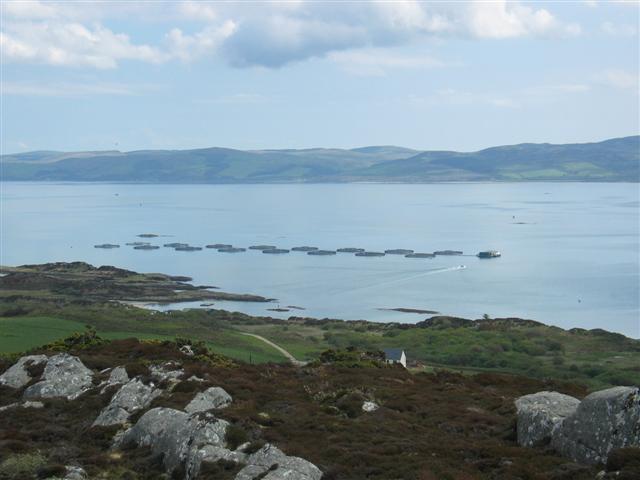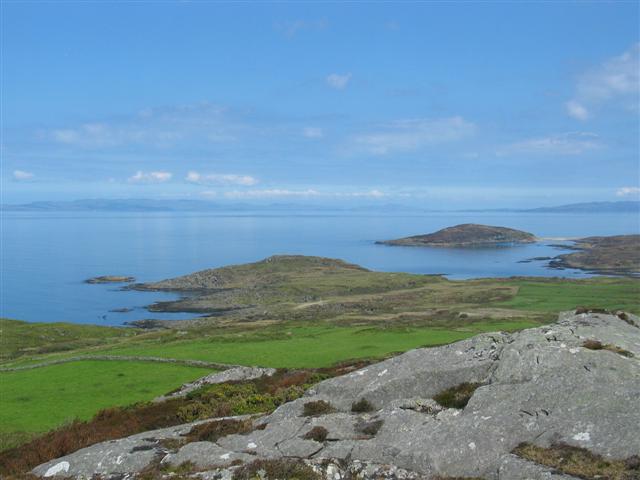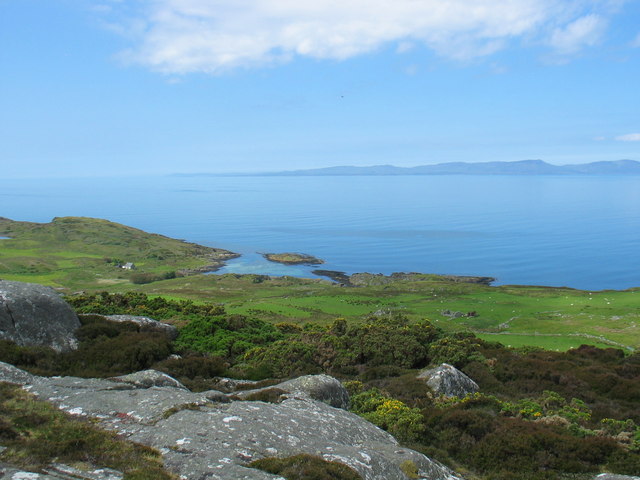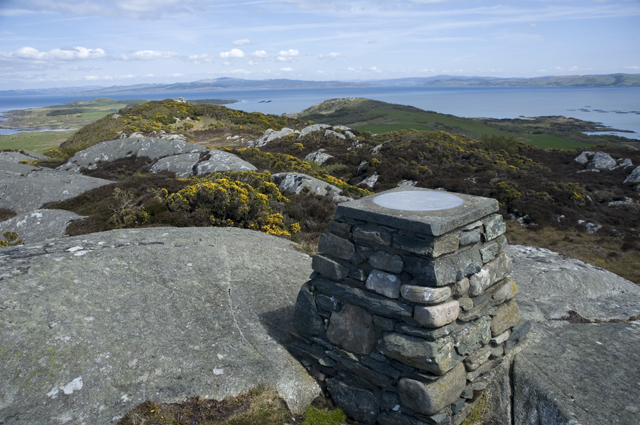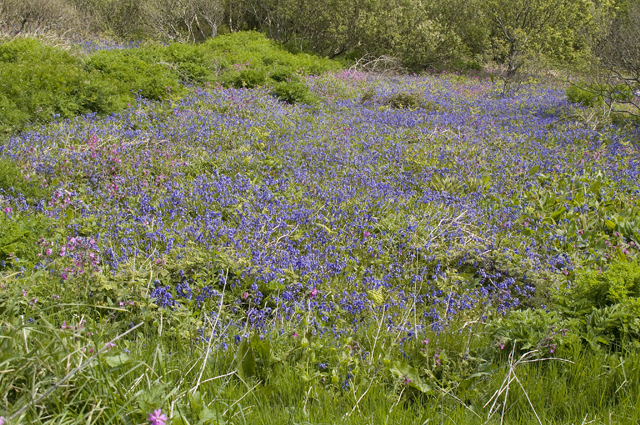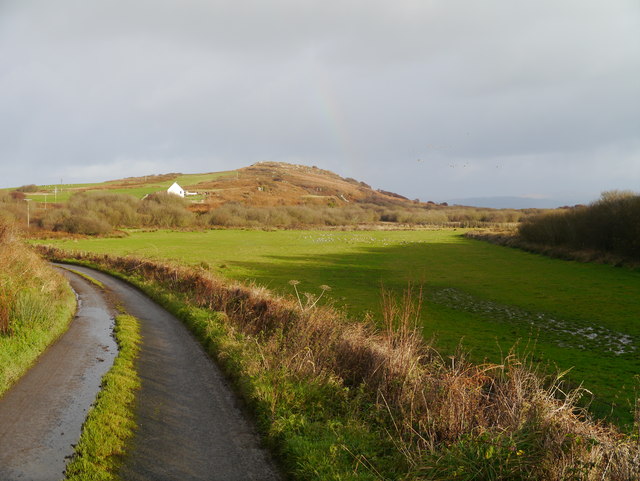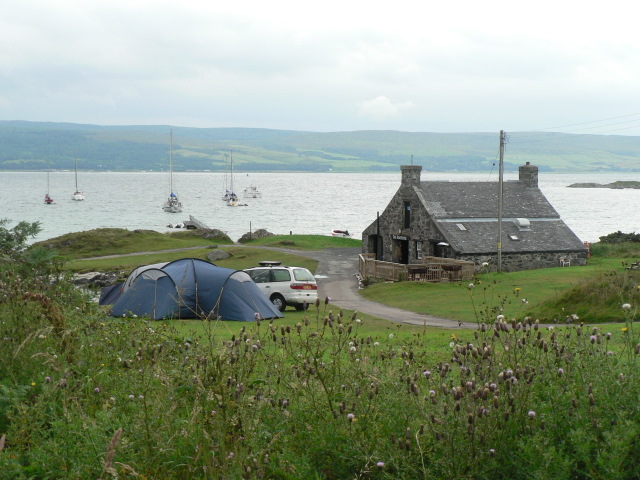Port an Dùine Mhairbh
Sea, Estuary, Creek in Argyllshire
Scotland
Port an Dùine Mhairbh
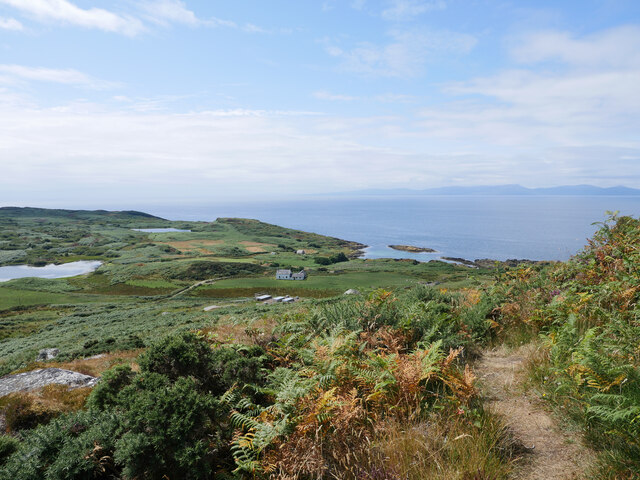
Port an Dùine Mhairbh, also known as the Port of the Dead Man, is a picturesque coastal area located in Argyllshire, Scotland. Nestled along the western coast, this sea, estuary, and creek combination offers stunning natural beauty and a rich historical significance.
The area is characterized by its rugged cliffs, rocky shores, and crystal-clear waters. The sea in Port an Dùine Mhairbh is home to a diverse range of marine life, including seals, dolphins, and various species of fish. The estuary provides a habitat for numerous bird species, making it a popular spot for birdwatching enthusiasts.
The creek in Port an Dùine Mhairbh is a small, narrow waterway that winds its way inland, surrounded by lush greenery and vibrant wildflowers. It serves as a natural harbor for small boats and fishing vessels, with local fishermen often launching from here to explore the surrounding waters.
The area holds a fascinating historical significance as well. Legend has it that Port an Dùine Mhairbh got its name from a tragic incident involving a shipwreck, where the bodies of the deceased washed ashore. The eerie name and the haunting beauty of the place have captured the imagination of many visitors.
Today, Port an Dùine Mhairbh attracts nature lovers, photographers, and history enthusiasts alike. Its remote and unspoiled charm offers a peaceful escape from the hustle and bustle of everyday life, allowing visitors to immerse themselves in the stunning coastal landscape and soak up the area's rich cultural heritage.
If you have any feedback on the listing, please let us know in the comments section below.
Port an Dùine Mhairbh Images
Images are sourced within 2km of 55.6962/-5.7530107 or Grid Reference NR6451. Thanks to Geograph Open Source API. All images are credited.

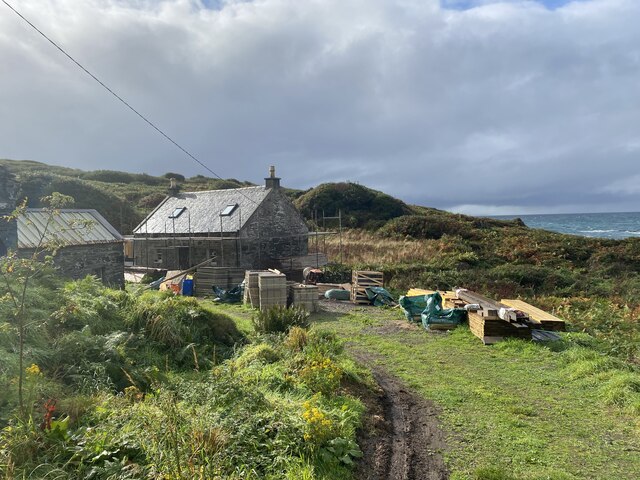
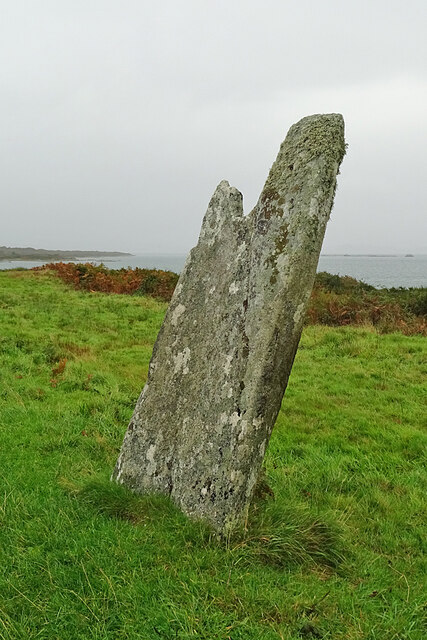
Port an Dùine Mhairbh is located at Grid Ref: NR6451 (Lat: 55.6962, Lng: -5.7530107)
Unitary Authority: Argyll and Bute
Police Authority: Argyll and West Dunbartonshire
What 3 Words
///desktop.overdone.overhear. Near Craighouse, Argyll & Bute
Related Wikis
Gigha
Gigha (; Scottish Gaelic: Giogha; Scots: Gigha) or the Isle of Gigha (and formerly Gigha Island) is an island off the west coast of Kintyre in Scotland...
Kilchattan Chapel
Kilchattan Chapel (St Cathan's Chapel) is a ruined medieval chapel near Ardminish, Isle of Gigha, Argyll and Bute, Scotland. Built in the 13th century...
Achamore House
Achamore House is a mansion on the Isle of Gigha, Scotland. It was built in 1884 for Lt-Col William James Scarlett, and the extensive gardens were laid...
Sound of Gigha
The Sound of Gigha is a sound between the Inner Hebridean Isle of Gigha and Kintyre. It forms part of the Atlantic Ocean. == External links ==
Nearby Amenities
Located within 500m of 55.6962,-5.7530107Have you been to Port an Dùine Mhairbh?
Leave your review of Port an Dùine Mhairbh below (or comments, questions and feedback).
